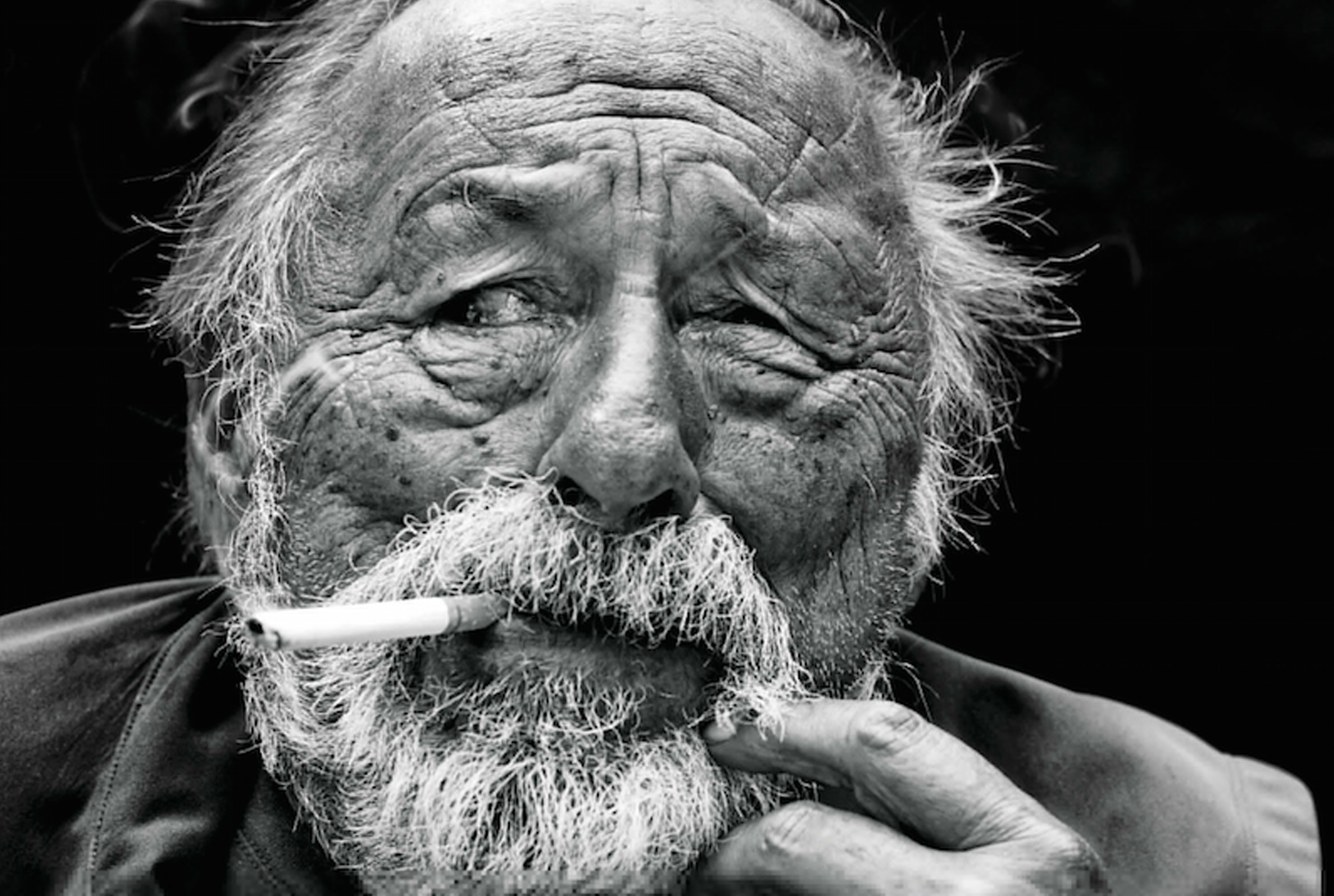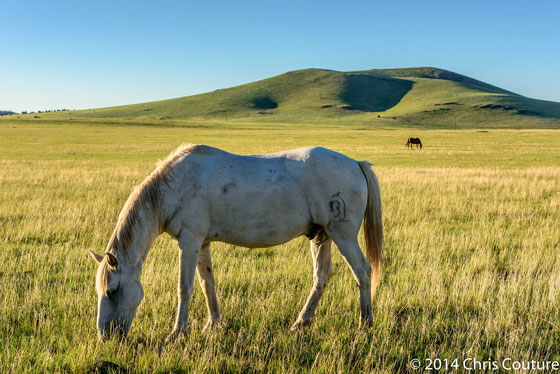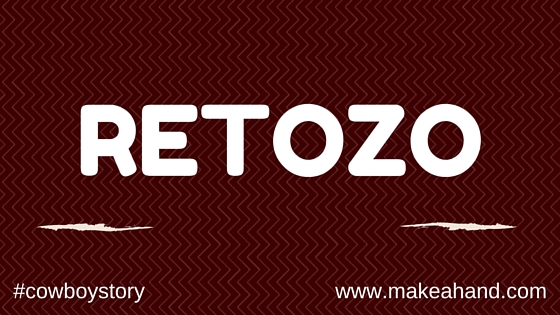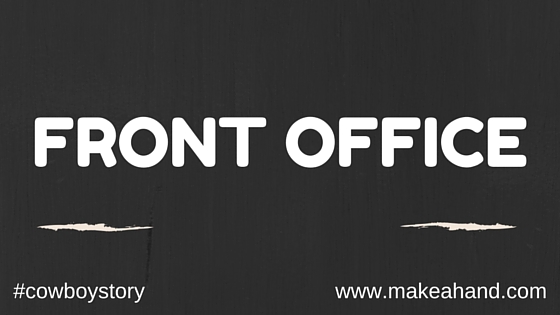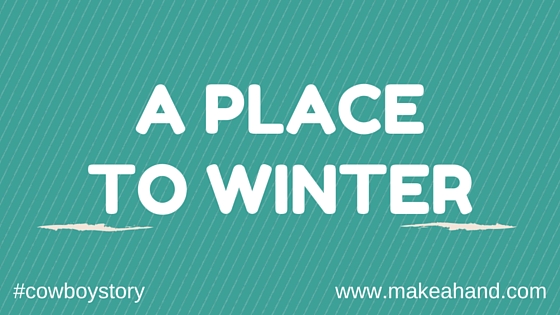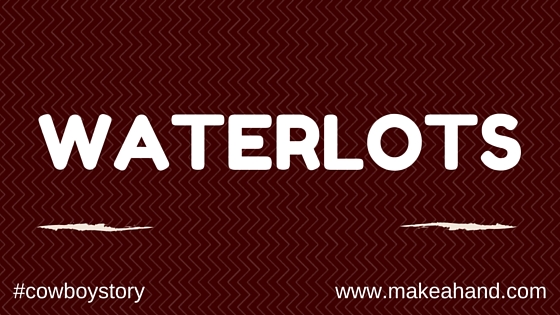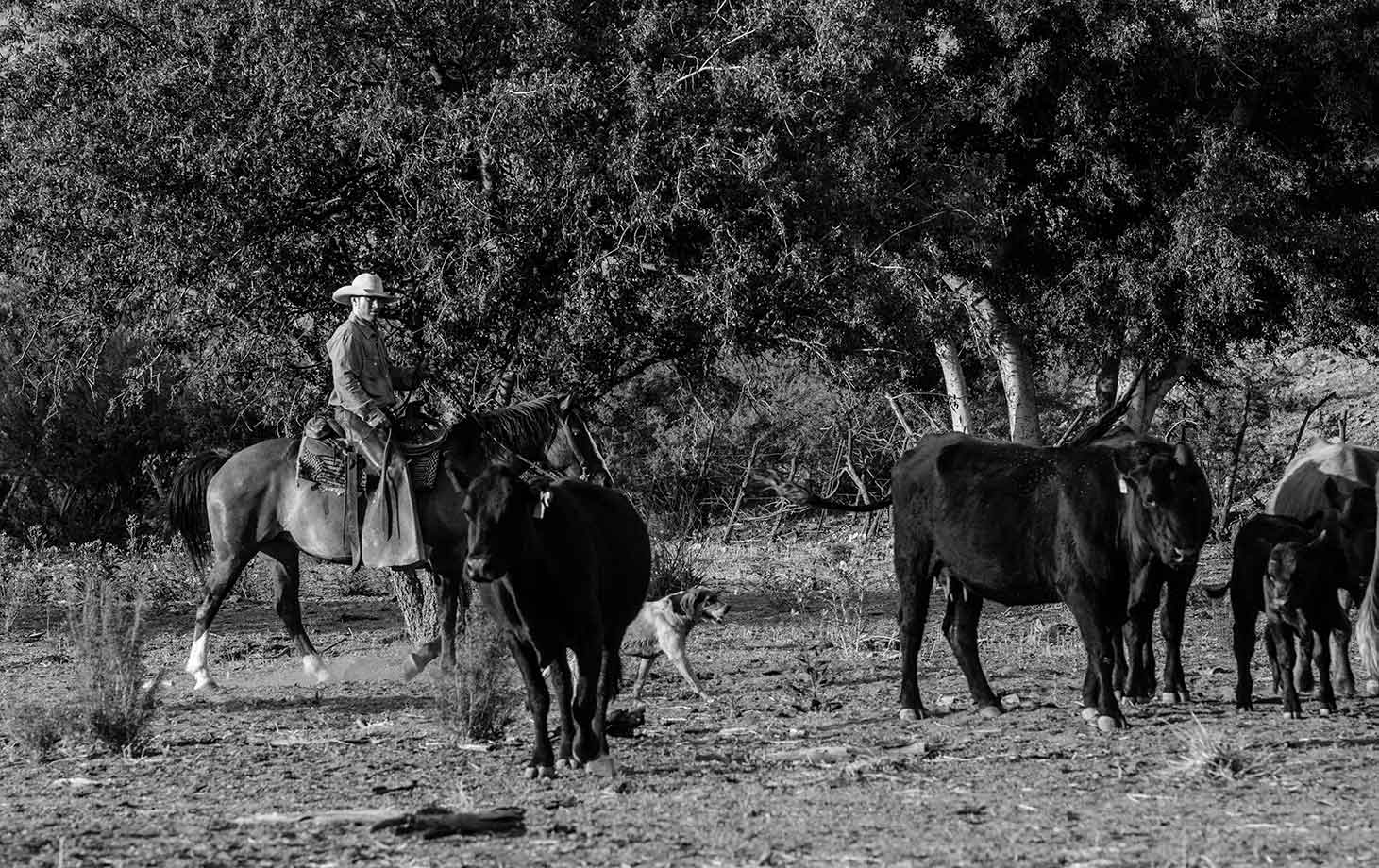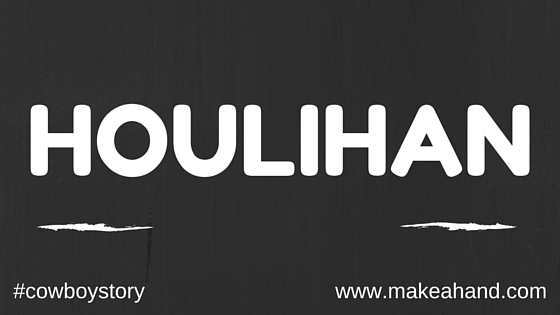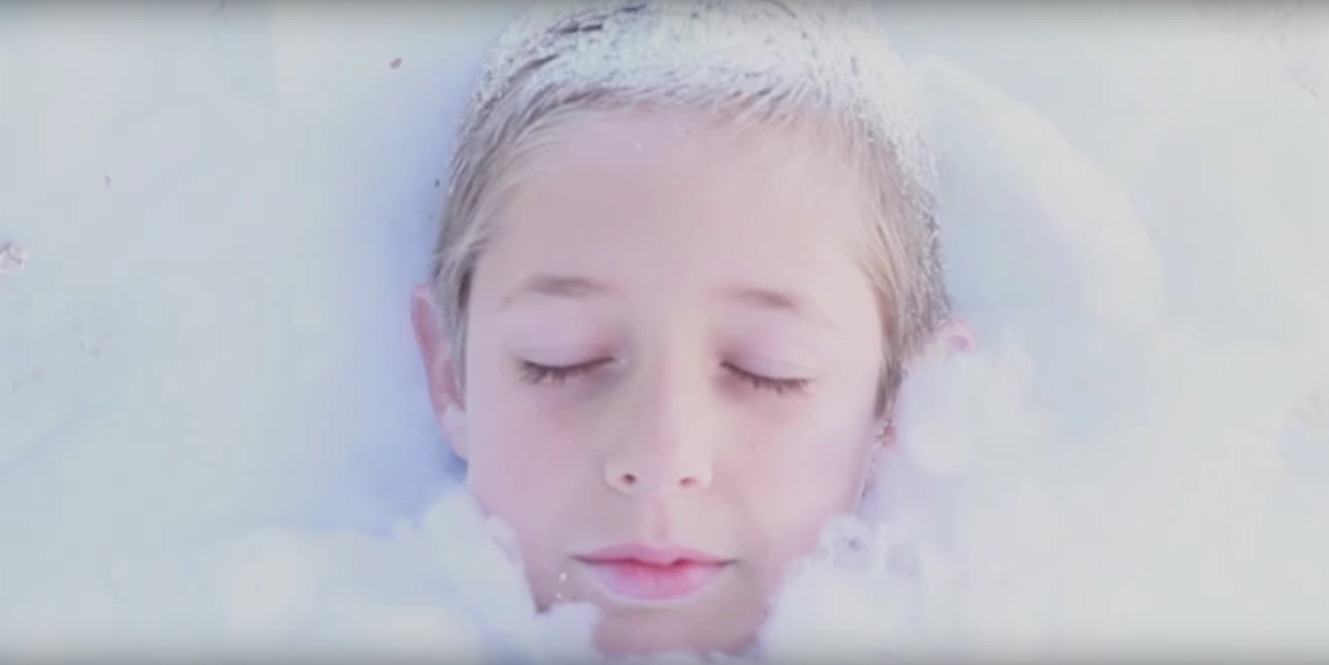
A Word Before Coffee
I first heard about Dogie Long from a conference call I had with director Rick Padilla in January, 2014. Rick came across as a passionate champion of true cowboys and of his dear friend, author, JPS Brown. Rick told me about Joe, who sounded like a super hero and pop icon, rather than an award-winning author. As the conversation progressed, I became aware of the rich history of the Southwest, ranching and most of all, cowboying!
Joe Brown, a graduate of Notre Dame, veteran, smuggler, boxer and rancher has long been accused of being the best cowboy that ever lived. Joe also is an amazing author — weaving stories of his life, the Southwest and this elusive set of ethics that is called, the cowboy code. It was the first conference call that I heard this term, but certainly would not be the last. As per the “code,” the contract of choice between cowboys is a good
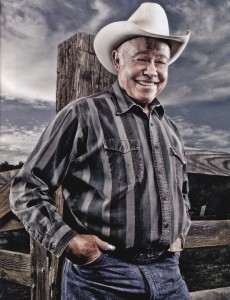
JPS Brown
‘old-fashioned’ handshake between men. The handshake, not offered easily, seals a deal and a commitment between parties whose word is their honor.
Thus sets the stage for my involvement with Rick Padilla, JPS Brown and their cowboy company, Make A Hand. Rick’s son Cory, had written an entire album’s worth of songs, “A Cowboy Operetta” based on Joe’s book, “The Spirit of Dogie Long.” Dogie was an infant, orphaned cowboy that grew up on the range as part of an outfit. It was this upbringing that taught little Dogie how to do right by men and be a better person. Cory Padilla composed songs based on different scenes and chapters of the book itself.
The Making Of An Album
I called on an old friend and mentor, Nashville music producer, Ray Kennedy, to produce this album for Cory and Make A Hand. Ray has many Grammy Awards and a history of knowing how to “do right” by the music and the many legendary artists that he has produced. Ray was
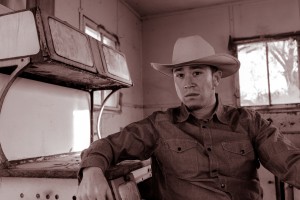
Cory Padilla
intrigued by the premise the album was based on – a soundtrack from a book! Ray agreed to produce Cory, if I would make sure and supervise Cory’s training for the recording sessions that were to come. I spent 3 weeks in nightly Skype sessions with Cory playing his guitar and singing the songs until he was singing all 11 songs back to back perfectly. Cory is obviously a true artist and born to do this. On top of that, Cory inherently wants to do right by his father, Joe Brown and the rest of the Make A Hand outfit. Ray Kennedy and myself discussed the musicians we would use to perform on this album with Cory. After much discussion, I suggested Chuck Mead and His Grassy Knoll Boys.
Chuck Mead agreed to do the album with the addition of fiddle player Donnie Herron (Bob Dylan) and Jim Hoke on accordion and nylon guitar. The album was recorded live at Ray Kennedy’s Nashville studio with all musicians performing in the same room. Ray, famous for traditional analog recording, hand selected microphones and components for all instruments to yield a classic western sound reminiscent of Lefty Frizzel
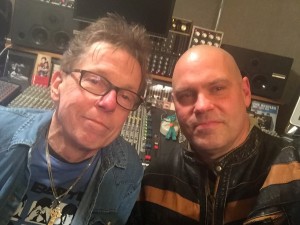
Ray Kennedy and John Forbes
and Bob Wills. Ray would sit at a large table with Cory and the band talking through each song before it was recorded. The sound that came together was stellar and authentic, performed by some of the best musicians in the world and produced by a legend. Ray Kennedy has since produced the music for the newly released Hank Williams movie, “I Saw The Light” which is sure to make rounds at the awards this coming year. After Ray completed all necessary recordings, he proceeded to mix the entire album.
The Audiobook

Jan Smith
After the music was recorded and Ray began mixing, I headed back to my studio in Atlanta, Georgia. I was about to produce an audiobook based on the novel, “The Spirit of Dogie Long” that the music was based on. After considering some of the best voice talent the industry has to offer, I approached an old friend and music industry professional, Jan Smith. Jan is most famous for being the celebrity vocal coach to the stars. Jan has a six-month waiting list that has included, Justin Bieber, Usher, Lady Antebellum and many others. What most of her fans don’t know is that Jan is an artist and producer herself and got her start doing jingles and cues for most cable news and networks in the mid 1980’s. Jan is very serious about voice and acting and I was surprised that she eagerly agreed to perform the book for us. However, as busy as Jan is, I had to work around her schedule, which meant recording her at Jan Smith Studios and only for 2 to 3 hours per session.
Starting on the first day, after adjusting the Neumann microphone and Universal Audio microphone preamplifier, and being warned to stay clear of her Jan’s dog Biscuit, we began our journey. For those that have never had the privilege of being exposed to the writing of JPS Brown, it is a totally immersive experience. Joe is one of the best storytellers that I have ever read. He paints a picture of characters that have you becoming the main characters themselves. Much of the time — Mama Jan and I would lose ourselves in the very work we were recording. It was as if Joe had transported us to the top of the Mogollon Rim, riding horseback and looking out for our “pards.” This is totally awesome for readers and listeners, but cramps productivity for producer and talent. However, Jan and I gave in to the moment and lived with Dogie, Billy Bee, Maudy and Cap, as if we were part of the outfit. This continued for the better part of three weeks until we made it to the end of the book. At times, Jan and I would have to stop production, because we were both weeping due to the emotional eloquence of Dogie Long, as told by Joe Brown. As sappy as this sounds, it is completely true, Jan and I both laugh about it whenever we talk now.
As the audiobook recording progressed, my editor and I would dig in and edit as we went. It ended up being over nine hours of finished dialogue. The completed book was then professionally mastered and prepared for distribution.
It wasn’t until I was myself immersed in the “The Spirit of Dogie Long” recording the audiobook, that I truly realized what an amazing author and story teller JPS Brown is, as well as, the skill and perfection displayed by Cory Padilla in translating the novel to music. Bravo gentlemen!
Life Happens
Shortly after mastering of the audiobook was completed and sample packaging was approved, a series of tragedies occurred between the families of members of the Make A Hand outfit. All unrelated, but equally devastating, the outfit needed to get through life’s realty before moving on to tell the world their cowboy story. I stayed in close contact with Rick Padilla, Cory and Joe Brown for the next two years. We would plan and test our potential business position, and I would watch and participate in the quickly developing world of social media marketing and digital distribution.
The Twenty-First Century Cowboy
As if an alarm clock went off in the camp, the new digital technologies became viable distribution platforms. In January 2016, Make A Hand was ready to launch. It gave birth to Dogie Long and all of the other titles written by JPS Brown. I set about branding five social media channels, a slick visual website, all the mechanisms used to operate a digital media company. We authored the first 8 novels of 350 or more titles with new vibrant cover art in digital book formats to easily distribute through the Internet. The same attention was paid to the audio book. Since the book was mastered, digital distribution had become the defacto standard for audio books. I saw this coming two years before and had mastered the book for this. The music album and an additional single, “Cowboy Christmas” were also prepped and readied for distribution. Everything is available through Amazon, iTunes, Audible and the Google Play Store. This way, this group of cowboys way down in Patagonia, Arizona, on the Mexican border has titles and content available to everyone and everywhere there is an internet connection. These cowboys just went global!
Dogie’s True Resurrection
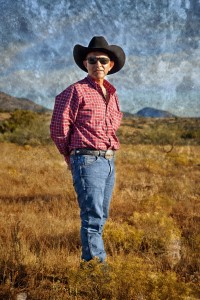
Rick Padilla
The next step in Dogie Long’s journey is to make it to the big screen. You see, Rick Padilla ain’t just an ordinary cowboy. He is in fact, an accomplished film actor, acting coach and film writer/director, fighting his way through the Hollywood film industry, as the protégé of director Hal Ashby. This could not have happened any other way, as Hal Ashby was associated with the New Hollywood wave of film making with movies like Harold and Maude, Shampoo, Coming Home, Being There and 8 Million Ways To Die. A controversial director, Hal Ashby is considered one of the finest directors of our time. Rick’s relationship with Hal allowed him to be part of the coming documentary, “Once I Was.” So who better to tell the story of Dogie Long than an Arizona reared, Hollywood trained director such as Rick. It wasn’t long after the New Year that Rick began finalizing the screenplay to “The Spirit of Dogie Long.”
I have seen first hand Rick Padilla’s ability to tell a story. On a recent shoot at Kitt’s Peak and in locations in the desert of Southern Arizona, I watched in amazement as the quiet and gentle director wove Joe Brown’s story with a stream of visuals that amaze me. I can’t imagine how it will be to finally see a Dogie Long film with my own eyes. I’m sure the world will fall in love with him and the other works of JPS Brown. I am humbled and honored to be a part of such an outfit.
—
John F. Forbes aka Johnny Ringo
